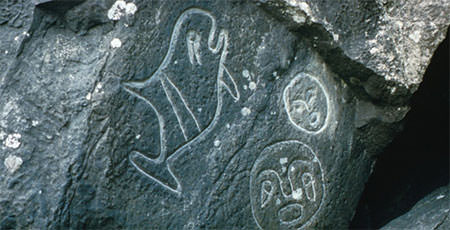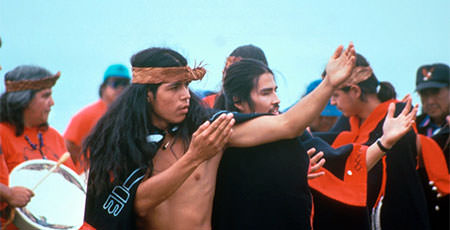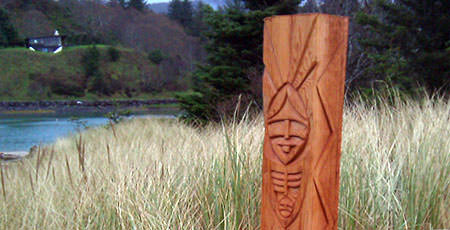This guide presents a method for agencies to consult with tribes more effectively and appropriately in advance of any proposed undertakings. It also suggests a means for tribes and other indigenous communities to relate their interests and concepts of landscape to federal agencies and other land and water management entities.
Download the Guidance Document for Characterizing Tribal Cultural Landscapes
Cultural Resources from an Indigenous Perspective
Indigenous people do not draw clear lines between the "natural" and "cultural" resources of a place. Humans are part of the landscape, both shaping and being shaped by it.
Guiding Principles of Self-Determination
A Cultural Landscape Approach for Integrated Resource Management
Culturally Sensitive Information
As viewed by indigenous peoples, traditional knowledge is a cultural resource belonging to or associated specifically with an individual or a group. It may not be common or public property to be shared outside the tribe. The disposition of information about tribes, their past and present lifeways, and cultural practices is of paramount importance in negotiating consultation and project protocols.
Implementing a TCL Approach
The TCL approach consists of guidance for agencies and project applicants as well as tribes, and it can be implemented under existing federal policy.
Guidelines for Tribal Pre-Consultation and Engagement




